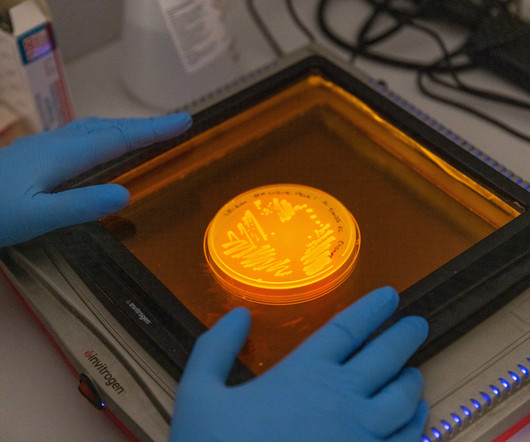Synthetic biology: the power of modified microbes
Futurum
MARCH 21, 2023
How to engineer a microbe Synthetic biology makes use of the rapidly progressing science of genetic engineering, which involves changing an organism’s genes so that it will express different proteins. The carbon energy from that sugar can be used to build an industrial biochemical that the first microbe would not be able to produce.











Let's personalize your content